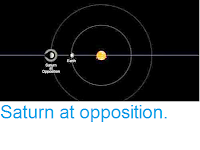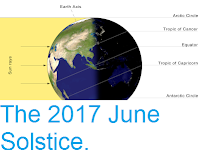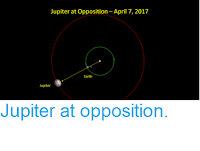A
partial Lunar Eclipse will occur on Monday 7 August 2017, starting slightly before 3.10 pm GMT. The whole eclipse will be
visible across all of East Africa, much of Asia, Indonesia, western and central Australia and the islands of the Indian Ocean, while part of the
eclipse will be visible from the remaining areas of Africa, Asia and Australia, as well as Europe, the islands of the Pacific and South Atlantic and the eastern part of Brazil, although in these areas the Moon will
either rise part
way through the eclipse, or set before it is complete.
Areas
from which the 7 August 2017 Lunar Eclipse will be visible. In the
white area the full extent of the eclipse will be visible, in the shaded
areas it will either begin before the Moon rises or end after the Moon
has set, while in the darkest area it will not be visible at all. HM Nautical Almanac Office.
The
Moon produces no light of its own, but 'shines' with reflected light
from the Sun. Thus at Full Moon the Moon is on the opposite side of the
Earth to the Sun, and its illuminated side is turned towards us, but at
New Moon the Moon is between the Earth and the Sun, so that its
illuminated side is turned away from us.
Lunar
eclipses occur when the Moon passes through the Earth's shadow. This
can only happen at Full Moon (unlike Solar Eclipses, which happen only
when the Moon passes between the Earth and the Sum, and therefore only
occur at New Moon), but does not happen every Lunar Month as the Sun,
Moon and Earth are not in a perfect, unwavering line, but rather both
the Earth and the Moon wobble slightly as they orbit their parent
bodies, rising above and sinking bellow the plane of the ecliptic (the
plane upon which they would all be in line every month).
Because
the Moon is passing through a shadow, rather than being blocked from
our view, it does not completely disappear during an eclipse like the
Sun, but in a total Lunar Eclipse goes through two distinct phases of dimming, the
Penumbra, when it is still partially illuminated by the Sun, and the
Umbra, when the Earth completely blocks direct sunlight from the Moon.
This does not result in complete darkness, as the Moon is still
partially lit by reflected Earthlight, but it does turn a deep, dark red
colour. In a partial eclipse the Earth passes completely through the Moon's penumbra, but only partly through its umbra.
Phases
of the Lunar Eclipse that will be seen on 7 March 2017. The times
are given in GMT, to the nearest 10th of a minute, thus 17.22.2
represents 12 seconds after 5.22 pm GMT. HM Nautical Almanac Office.
See also...








